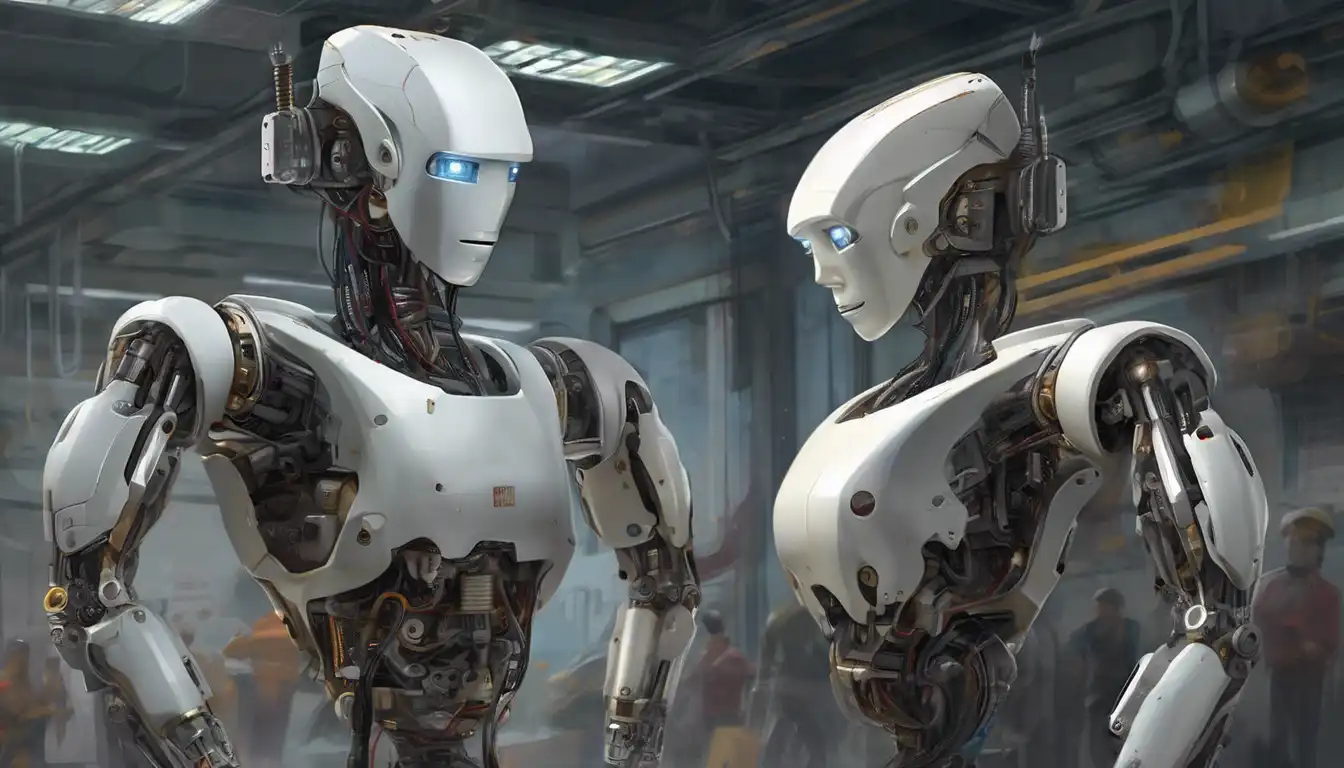Introduction to Autonomous Robots and Ethics
The advent of autonomous robots has ushered in a new era of technological advancement, raising profound ethical questions. As these machines become more integrated into our daily lives, from self-driving cars to robotic caregivers, the need to address the moral implications of their actions has never been more critical.
The Core Ethical Dilemmas
Autonomous robots operate based on algorithms and artificial intelligence, making decisions without human intervention. This autonomy presents several ethical dilemmas, including accountability for actions, the potential for bias in decision-making, and the impact on employment.
- Accountability: Who is responsible when an autonomous robot makes a mistake? The manufacturer, the programmer, or the robot itself?
- Bias: How do we ensure that the algorithms governing these robots are free from biases that could lead to discriminatory practices?
- Employment: What is the societal impact of robots replacing human jobs, and how can we mitigate negative consequences?
Machine Ethics: Programming Morality
One proposed solution to these dilemmas is the development of machine ethics, a field dedicated to embedding moral principles into artificial intelligence. This involves creating frameworks that allow robots to make ethical decisions, such as the Trolley Problem, a classic ethical dilemma adapted for autonomous vehicles.
Regulatory Frameworks and Future Directions
As the technology evolves, so too must the regulatory frameworks governing its use. Establishing international standards for the development and deployment of autonomous robots is essential to ensure they serve humanity's best interests. Future directions include the creation of ethical guidelines for AI development and the promotion of transparency in algorithmic decision-making.
Conclusion
The ethics of autonomous robots is a complex and evolving field, requiring collaboration between technologists, ethicists, and policymakers. By addressing these challenges head-on, we can harness the benefits of autonomous robots while minimizing their risks, ensuring a future where technology and humanity coexist harmoniously.
